SuperEx丨Interpreting the Coin Metrics Q3 2024 Bitcoin Mining Report
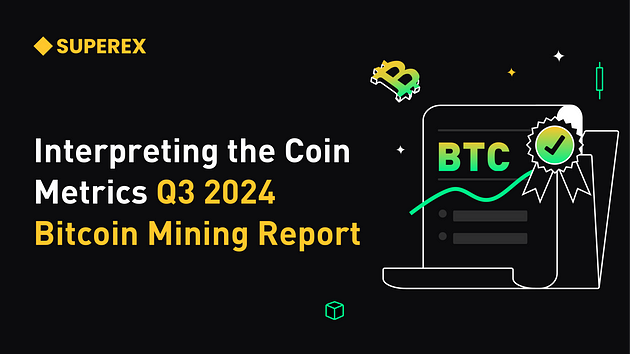
#SuperEx #Bitcoin #Coin Metrics
Coin Metrics has released its Q3 2024 Bitcoin Mining Report, which highlights several critical points:
- Bitcoin mining revenue in Q3 2024 fell to $2.5 billion, down from $3.7 billion in the previous quarter, mainly due to the impact of the April 2024 halving event.
- Transaction fees remained low throughout the quarter, with only a brief spike around the halving date, forcing mining companies to consider alternative sources of income.
- To maintain competitiveness in the rapidly changing environment, mining companies are exploring various business models, including leasing rack space to generative AI projects and even considering tokenizing whiskey barrels.
- The issue of empty blocks remains prevalent, with mining pools like SpiderPool exhibiting a particularly high proportion of empty blocks compared to others.
- Click to register SuperEx
- Click to download the SuperEx APP
- Click to enter SuperEx CMC
- Click to enter SuperEx DAO Academy — Space

1. Sharp Decline in Bitcoin Mining Revenue
According to the report, Bitcoin mining revenue in Q3 2024 decreased significantly to $2.5 billion, down from $3.7 billion in Q2 2024. This marks a 32% drop in revenue, primarily due to the impact of the April 2024 Bitcoin halving event. The halving reduced block rewards from 6.25 BTC to 3.125 BTC, putting immense pressure on miners’ profitability. With rewards cut in half, miners are earning substantially less for each block they solve, while their fixed costs (such as electricity and maintenance) remain unchanged.
Excerpt from the report:
“The sharp decline in Bitcoin mining revenue to $2.5 billion in Q3 2024 marks a significant drop from the $3.7 billion in Q2 2024. This decrease is primarily attributed to the impact of the April 2024 Bitcoin halving event, which reduced the block reward from 6.25 BTC to 3.125 BTC.”
As a result, many mining operations were forced to shut down older, less efficient machines, leaving only the most competitive players with advanced equipment and lower operational costs to survive. This situation also led to increased competition among miners, forcing them to optimize their cost structures and explore additional income sources.
2. Low Transaction Fees and Limited Revenue Compensation
In the Bitcoin network, miners generate revenue from both block rewards and transaction fees. During Q3 2024, transaction fees remained relatively low, offering limited support to miners facing reduced block rewards. The report noted that fees only saw a brief spike around the halving event as network activity increased temporarily, but this was insufficient to cover the loss in block rewards.
Excerpt from the report:
“Transaction fees continued to remain subdued throughout Q3 2024, showing only a temporary spike around the halving event. This limited fee surge was insufficient to offset the significant decline in block rewards.”
Given the low transaction fees, many miners are turning to alternative sources of revenue. For example, some have begun leasing out their computing power to AI projects, while others are experimenting with offering cloud computing services. These new business models enable miners to diversify their revenue streams and mitigate risks associated with relying solely on Bitcoin rewards.
3. Exploration of New Business Models: AI and Tokenization
Facing reduced income, many miners have started exploring new business models to stay competitive. A growing trend observed in the report is the leasing of rack space to generative AI projects or large cloud computing companies. This strategy helps miners maximize the utilization of their hardware and earn supplementary income. Additionally, some miners are venturing into the tokenization of physical assets, such as whiskey barrels, leveraging blockchain technology to create digital representations of real-world items that can be traded and valued.
Excerpt from the report:
“In response to the shifting landscape, several mining companies are experimenting with diversified business models, including renting rack space to generative AI projects and exploring the tokenization of physical assets like whiskey barrels.”
These initiatives represent a significant shift in the industry, as miners no longer rely exclusively on Bitcoin mining but seek to harness their technological infrastructure for other profitable ventures. This move not only helps improve miners’ bottom lines but also adds a layer of resilience to their business models, making them more adaptable to market fluctuations.
4. Persistent Empty Block Issue and its Implications
The report also highlighted the continued prevalence of empty blocks — blocks mined without any transactions — in the Bitcoin network. Empty blocks are typically created when miners aim to quickly claim block rewards before processing any transactions. This phenomenon is often associated with pools racing to mine the next block and can have negative effects on network efficiency.
According to the report, some mining pools like SpiderPool have an abnormally high proportion of empty blocks compared to the industry average, which raises concerns about the network’s transaction processing capabilities.
Excerpt from the report:
“The issue of empty blocks remains prevalent, with certain pools like SpiderPool exhibiting abnormally high empty block ratios compared to the rest of the industry.”
This problem can lead to slower transaction confirmations and reduce overall network throughput. As competition among miners intensifies, addressing the empty block issue will be crucial to maintaining the integrity and efficiency of the Bitcoin blockchain.
Conclusion: Challenges and Opportunities for Bitcoin Miners in a Changing Landscape
The Q3 2024 Bitcoin Mining Report by Coin Metrics paints a picture of a challenging quarter for Bitcoin miners. The significant drop in mining revenue due to the April 2024 halving has forced miners to rethink their strategies and adapt to the new environment. While traditional income sources like transaction fees have proven insufficient, miners are responding with innovative approaches, including diversified business models and new applications of their hardware.
As the industry continues to evolve, the success of miners will increasingly depend on their ability to reduce costs, optimize operations, and explore new revenue streams. Initiatives such as leasing computing power to AI projects and tokenizing physical assets are just the beginning of what could become a broader transformation of the mining sector. These strategies not only help miners stay afloat but also position them to thrive in a dynamic and competitive market.
Excerpt from the report:
“Q3 2024 has proven to be a challenging quarter for Bitcoin miners, but the industry is responding with innovation and resilience. The ongoing evolution of business models and exploration of new income avenues show that miners are adapting to the changing landscape of the Bitcoin mining market.”
Looking ahead, the resilience and adaptability of miners will be key factors determining the future success of the Bitcoin mining industry. With new technologies and business models emerging, the sector is poised for continued growth and transformation, even in the face of ongoing challenges and uncertainty.


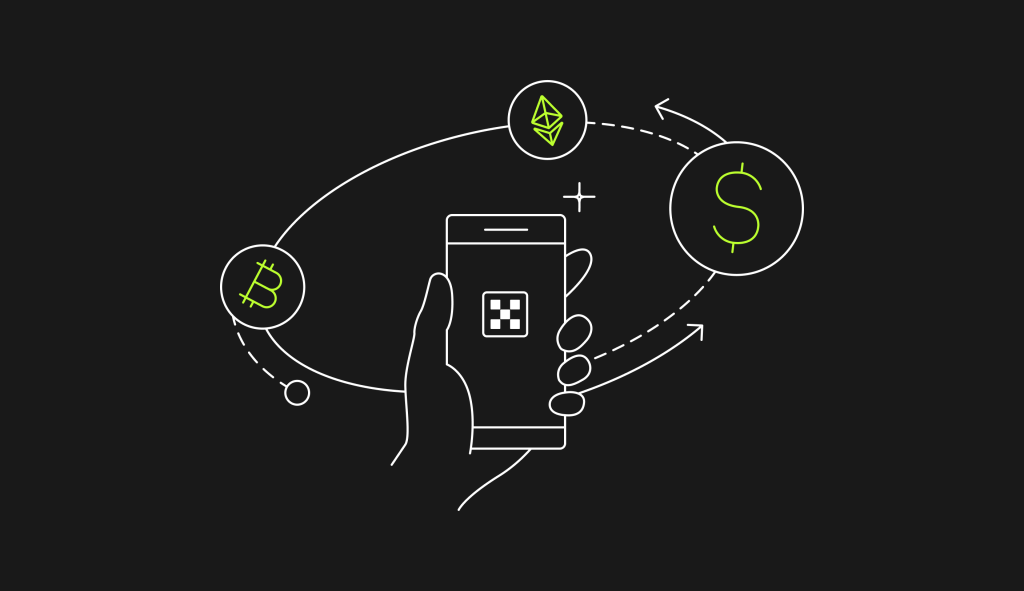
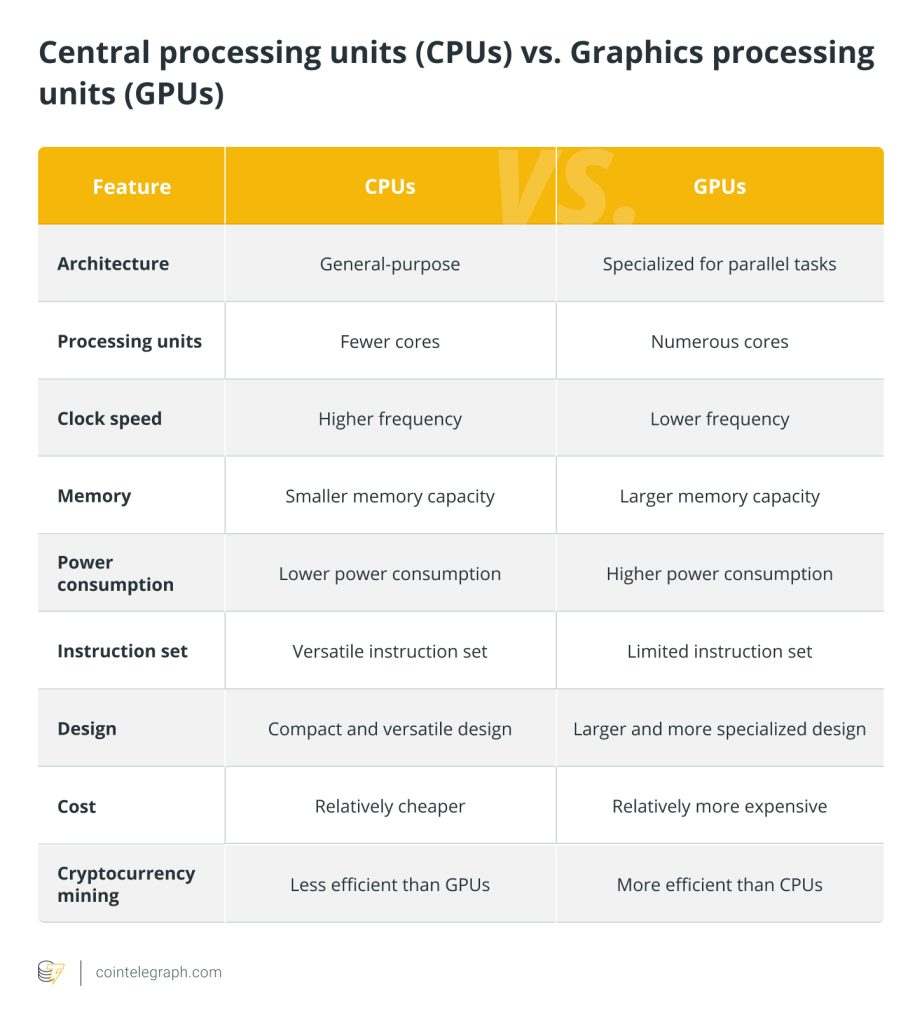
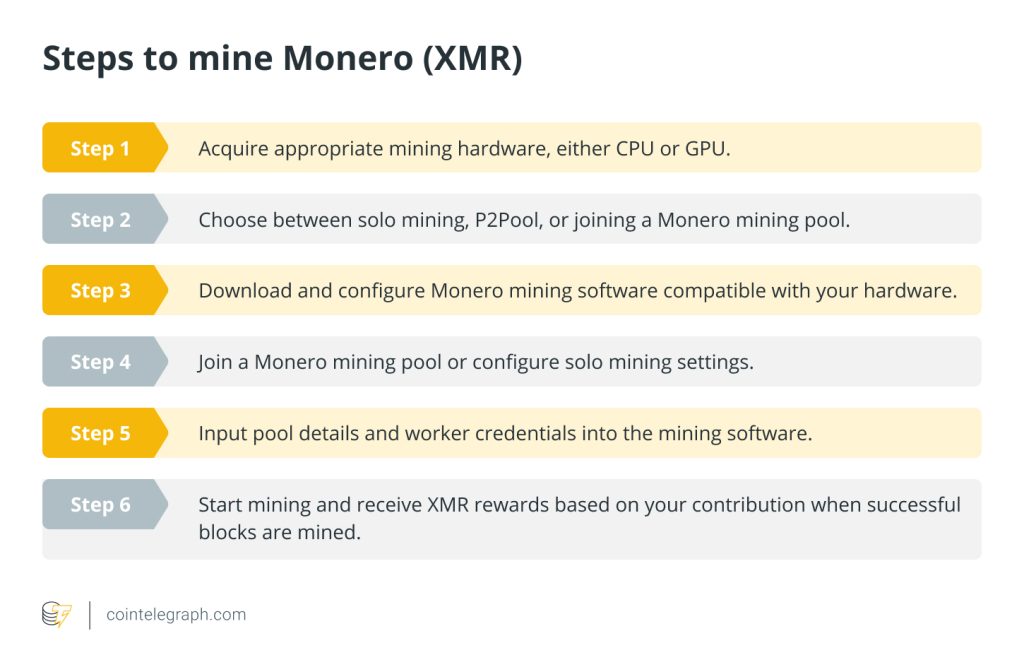

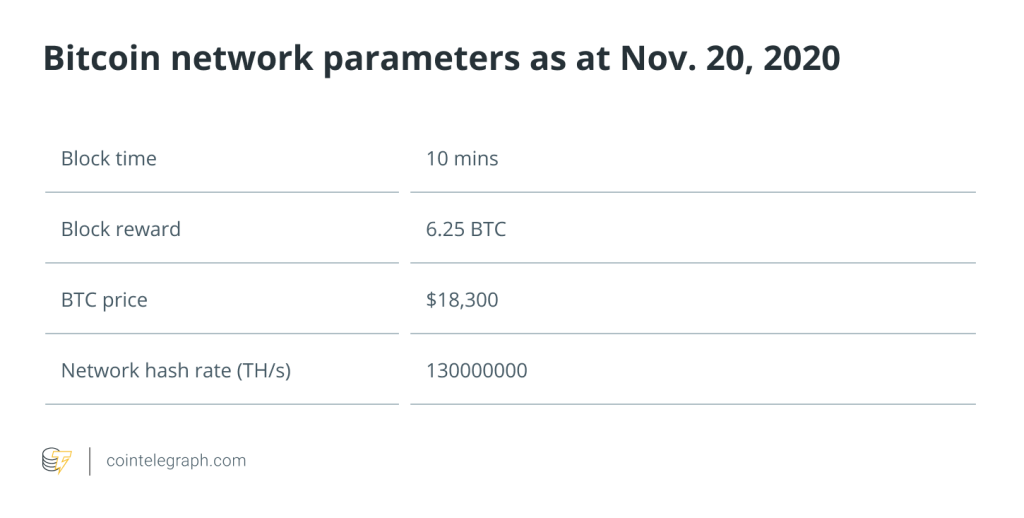
Responses